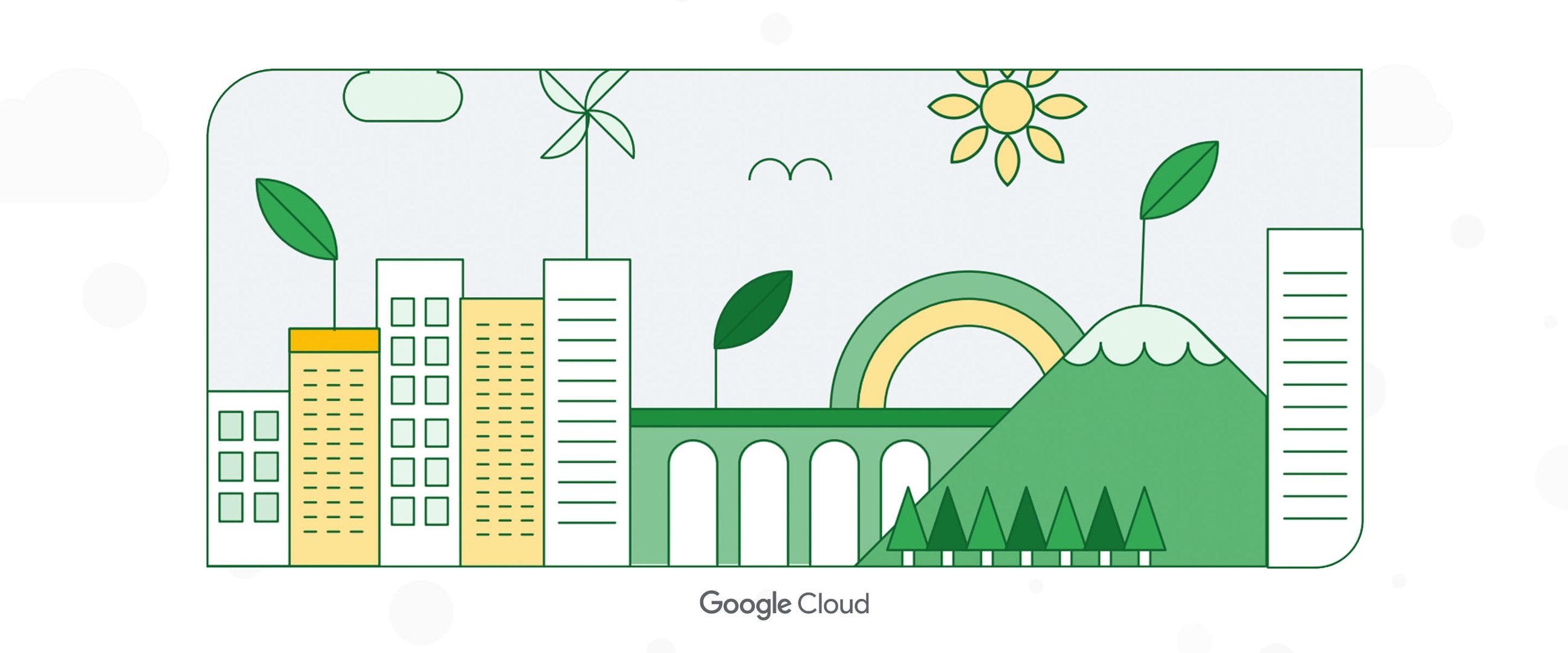Google Cloud launches new sustainability offerings to help public sector agencies improve climate resilience

Brent Mitchell
Vice President, Go-to-Market, Google Public Sector
Franco Amalfi
Strategic Business Executive, Climate Action, Google Cloud
Governments play a vital role in understanding and responding to climate change; however, they often lack the actionable insights they need to respond quickly. To help solve this problem, Google Cloud is introducing new offerings that help organizations utilize Earth observation data to better understand climate risks and provide insights to inform policies for adaptation strategies. With these data-driven insights, public sector agencies and researchers can improve their response time to climate disasters, make more accurate predictions, and implement disaster-response plans with greater confidence. These offerings — Climate Insights for natural resources and Climate Insights for infrastructure — are already having an impact in the public sector and can be used to inform a multitude of use cases, including land and infrastructure management, and city and regional planning.
Introducing Climate Insights
Climate Insights leverages the scale and power of Google Earth Engine (GEE) running on Google Cloud and combines artificial intelligence (AI) and machine learning (ML) capabilities with geospatial analysis using Google BigQuery and Vertex AI. Through GEE, climate researchers can access a multi-petabyte catalog of satellite imagery and geospatial datasets with planetary-scale analysis capabilities. Climate Insights can help Earth observation and remote-sensing scientists standardize and aggregate data from different sources, analyze them quickly, and easily visualize their outputs.
Climate Insights for natural resources
By unlocking geospatial data, Climate Insights for natural resources can help leaders manage the risks of extreme heat, wildfires, floods, droughts, which have dramatically impacted communities, and economies around the globe. It draws on GEE’s data catalog of more than 900 open datasets spanning 40 years, and leverages the expertise of Climate Engine to provide departments and agencies with an efficient way to ingest, process, and deliver pre-built Earth observation insights via API into decision-making contexts.
For example, Natural Resources Canada (NRCan) has been using GEE to process satellite data to track environmental changes at scale. NRCan researcher Dr. Richard Fernandes has been using GEE to power his LEAF Toolbox, which creates customizable maps of foliage density in real time. Agriculture Canada is currently exploring using the LEAF toolbox to assess how crops are progressing, which impacts local economies and the global food supply. Furthermore, NRCan is currently piloting Climate Insights to provide scientists tools to accelerate their research.
“Through a strategic partnership with Google Cloud, our scientists are leveraging cutting-edge cloud technologies to enhance the value of Earth observation science and data,” says Dr. Fernandes. “These types of next-generation geo-solutions allow massive volumes of Earth observation data to be converted into actionable insights supporting evidence-based decision-making that improve Canada’s economic and environmental performance.”
Climate Insights for infrastructure
Understanding and anticipating climate risk to the built environment is a challenge for any organization managing infrastructure. Not only is it necessary to have up-to-date insights regarding climate risks, but also current climate data needs to be combined with infrastructure data to assess risk and prioritize investments. Public sector organizations store large amounts of data in Geographic Information System (GIS) systems. Climate Insights for infrastructure helps make that data easy to access, analyze, and share through a unified solution. Building on top of GEE, Google Cloud, and CARTO, these insights enable planners, policy analysts, operations staff, and executives to access data for their decision making through an intuitive and easy to use location intelligence platform.
The State of Hawaii Department of Transportation (HDOT) manages 2,500 miles of highway, with 20% of roads facing risks due to erosion and sea-level rise. With Climate Insights for infrastructure, HDOT can assess risk and prioritize investment decisions based on multiple climate factors, asset conditions, and community impact.
“Our goal is to have a common data-driven platform to collect and share information across agencies, counties, and cities,” says Ed Sniffen, deputy director of highways for HDOT. “This helps us collaborate within our department and engage with our communities so we can better serve the public.”
All running on the cleanest cloud in the industry
We support our cloud customers by operating the cleanest cloud in the industry, helping them act today to decarbonize their digital applications and infrastructure, and achieve their most ambitious sustainability targets. And by 2030, Google aims to operate on 24/7 carbon-free energy at all of our campuses, cloud regions and offices around the world.
To learn more about Climate Insights and Google’s solutions for the public sector, register for the Google Cloud Sustainability Summit or contact our team. Click here to learn more about Google Cloud sustainability.




